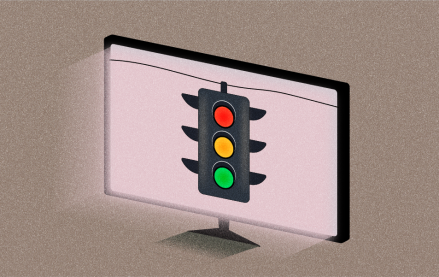
In the last two years, BuzzFeed has become a media darling.
Once solely known for Internet memes and cute and cuddly animal posts, BuzzFeed has grown to a full-out news organization. Poaching journalists from top publications (most recently, Lisa Tozzi from the New York Times), BuzzFeed now mixes in serious news, like this piece about the the need for the U.S and the U.N. to intervene in Syria. Of course, there are still plenty animal posts. Most important, with its advertising content approach, it’s proving that disdain of the status quo can pay off.
Here are 13 interesting facts brands should know about BuzzFeed.
BuzzFeed has a total U.S. digital population 23.7 million to rank as the No. 106 Web property. (ComScore)
35 percent of its audience visits via a mobile device. (ComScore — though BuzzFeed claims 50 percent comes through mobile.)
BuzzFeed visitors to the site averaging 12 page views per person during the month. (Nielsen)
BuzzFeed gets “roughly half” of its monthly unique visitors through social media. (BuzzFeed)
Visitors to BuzzFeed averaged 14 minutes per person using the site during March 2013. (Nielsen)
Three out of every 10 visitors have earned a Bachelor’s degree, and 14 percent hold a Master’s degree. (Nielsen)
56 percent of BuzzFeed visitors are between 18 and 34 years old. (ComScore)
55 and over make up 15 percent of its audience. (ComScore)
56 percent of visitors to BuzzFeed are women. (Nielsen)
39 percent of BuzzFeed’s U.S. audience has a household income more than $100,000. (ComScore)
200 sites are in BuzzFeed’s partner network, reaching roughly 355 million users. (NY Magazine)
$3 CPMs are paid to BuzzFeed’s ad network, which includes sites like The Awl, Cracked and Thought Catalog. (AdAge)
The company boasts click-through rates for its advertising content are 1 to 2 percent, or 10 to 20 times the average banner click-through rate. (Buzzfeed)
It costs brands around $100,000 to run advertising content on BuzzFeed. Typically, that price will get you four or five posts. (Digiday)
More in Media

What publishers are wishing for this holiday season: End AI scraping and determine AI-powered audience value
Publishers want a fair, structured, regulated AI environment and they also want to define what the next decade of audience metrics looks like.

Media giant Essence launches a marketplace for Black women-led brands
Essence has launched WeLoveUs.shop, a new online marketplace dedicated to Black women-led brands.

In Graphic Detail: The state of AI referral traffic in 2025
The stats reveal a new audience pipeline forming outside of traditional search and social platforms.





